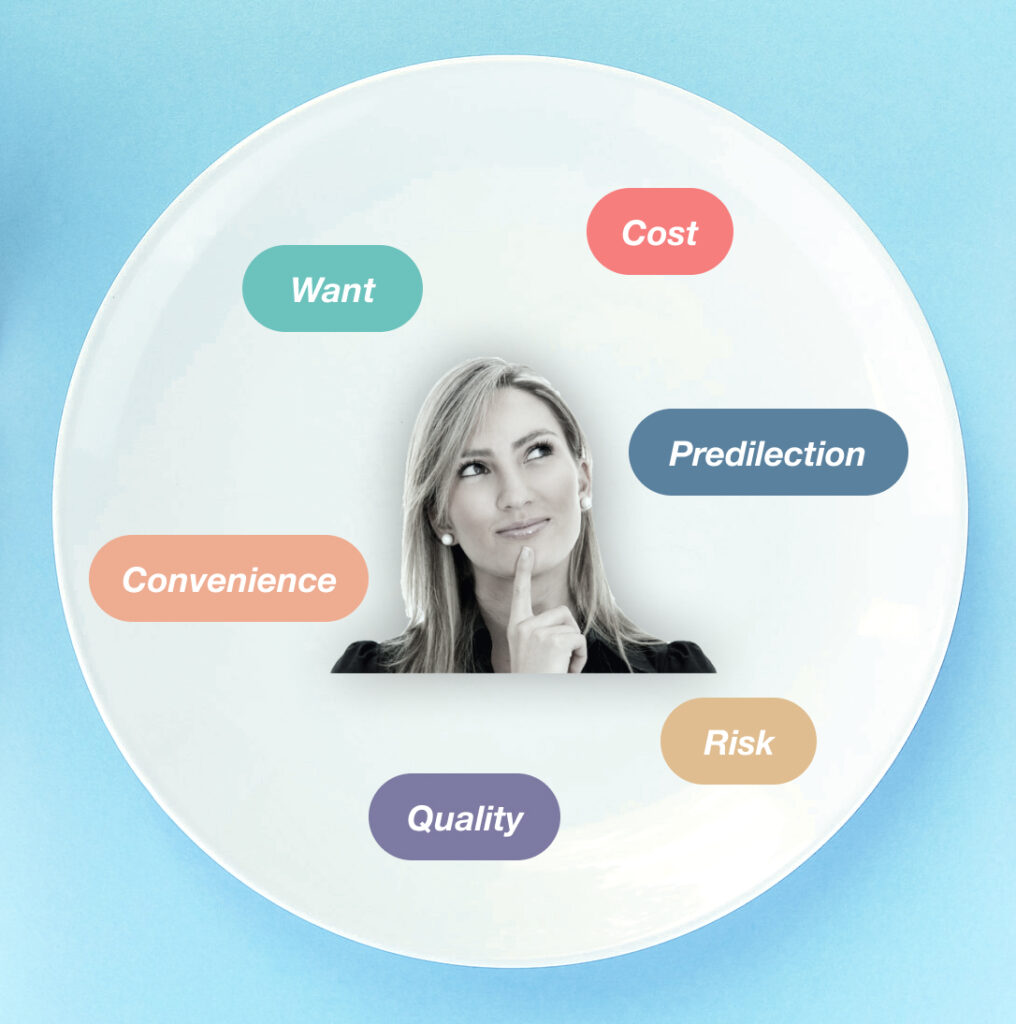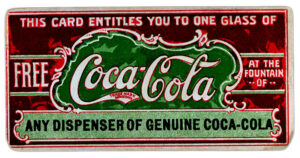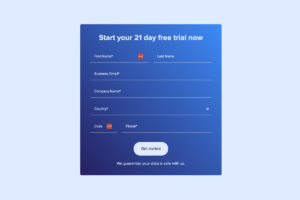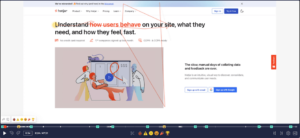
Imagine being in a supermarket and comparing two different brands of mayonnaise. Finding it difficult to decide to go for Brand A or Brand B? Then someone just swooshes in and picks up brand B and leaves. Now, in this moment your mind is made up to go for Brand B.
Another example, imagine buying a microwave oven in a store. With most microwaves having the same feature set, how do you know which one is right for you? The salesperson says he has had no complaints, Brand C’s sold over 100 units over holidays!
Problem solved…let’s go home with a new hip microwave, all proud of our decision!
We often rely on others and their experience to make a buying decision for ourselves. This is key. So what can sellers do to bring such influence while we are shopping online?
While shopping in-store, things like time, hunger or physical exhaustion often push into decision making. By contrast, online shopping is mostly a comfortable, self-paced activity. Users take time to browse around and evaluate multiple criteria before finalizing the product. This stretches the time users take to make a purchase. What can sellers do to speed up this process?
Below, I have listed the common filters our users funnel through to make their buying decision. Depending on the buyer, 2 to 6 common filters are applicable in all buying decisions. Some buyers could consider more filters and run back and forth through these these filters trying to finalize their decision. What PMs and e-com guys can do is follow best practices (tips below) to help users reach the buying decision faster.

Want
This is what you know you want to buy, the item at the generic level. Pet food, mobile phone, pants etc. Not much can be influenced here at the time of shopping.
Predilection
This is the initial bias we have towards a brand or an item. It could be because of the brand’s marketing, word-of-mouth, current trends, or just mom-in-law’s preference, etc. This is a result of all communication that happens much prior to purchase.
Quality
In an online scenario where you cannot touch and feel, quality of your product will be determined by the quality of information you provide about the product. I am using Quality as a catch-all term for build quality, features, longevity, attractiveness, and utility.
- List out each feature and its practical benefit. Choose to put numbers from real life tests rather than Lab conditions.
- Use high quality pictures. Don’t use pictures if you don’t have high quality pictures. Don’t worry about file size and load time. Your developers should be able to figure it out….it’s 2021.
- Use long form description but don’t overdo colorful language.
- Use bullet points where required
- Show testimonies which are believable where user describes the whole usage not just the end-effect and shoutout to a team member by name.
- Show rating if you are marketplace. Don’t, if you sell your own products.
Cost
A lot of people miss offers because the offer messaging didn’t reach them at the right moment.
- Firstly, have a fixed place to show all the running offers. (Have multiple offers running all the time.)
- Highlight coupon codes which are applicable when the specific product is visited.
- Auto-apply coupon codes in the user’s cart. Imagine the surprise of seeing a lower value when you are ready to buy.
- Have options to provide EMI and other ways to pay to the product.
Convenience
The reason we shop online is convenience. Keep it that way.
- Charge low for deliveries or keep it free if possible.
- Include installation in the cost of the product and keep it close to date of delivery.
- Provide pickup if the customer wishes to return the item
Long wait times, delayed installations, costly installations are inconsistent to our expectations. If you can’t absorb it, include this cost in the product price. Users are more happy to get free delivery and installation than paying for them separately.
Risk
Risk is multi-faceted. You have to get the customer to feel comfortable ordering from your website.
- Brand – While marketing works brand recognition, customer support is crucial in building your brand reputation. Go above and beyond to make it right for the customers. That’s what will get you repeat orders, star rating, rave reviews etc.
- Reviews – Independent reviews can absolutely make a sale. People tend to trust random stranger’s experience more than your flowery marketing copy. Ask users to post reviews on social media, google and other relevant platforms.
- Technology – Make it an absolutely smooth and secure checkout process.
- Returns – It’s difficult to gauge quality online. Provide easy, zero cost returns. This will make customers choose risk free.
- Repairs – solve your customer’s problems and they spread the word.
Example 1

Here, the user is looking to buy a hairdryer (Want). Her preferred brand (Predilection) is Philips. She wants the curler attachment (Quality/Utility) that comes with it. It’s on budget (Cost) and will be delivered in 2 days (Convenience). Since she has bought from this app before and trusts the brand (No risk), she is comfortable to buy from them again.
Example 2

First time buyers prove to the company that their user-journeys are ‘navigatable’ as users are able to finalize the purchase and pay for it. Receiving that item at their doorstep is proof for the user that the convenience of e-commerce is worth overcoming the risks.















